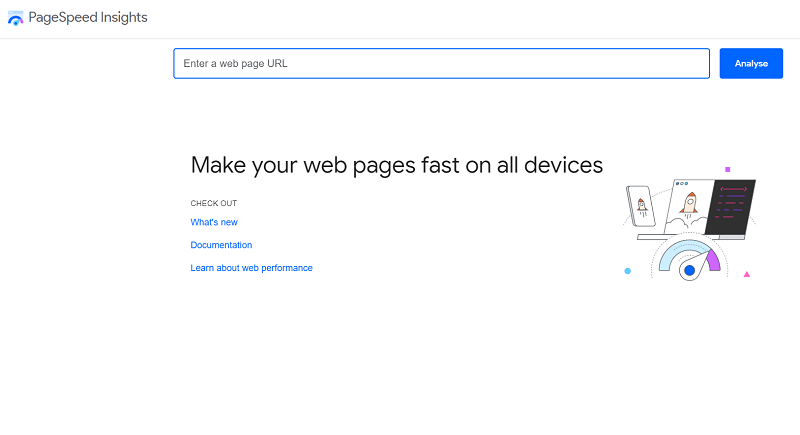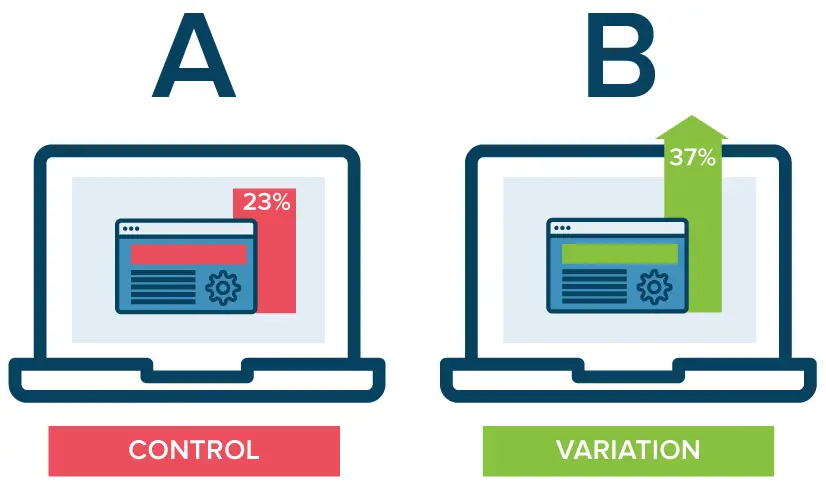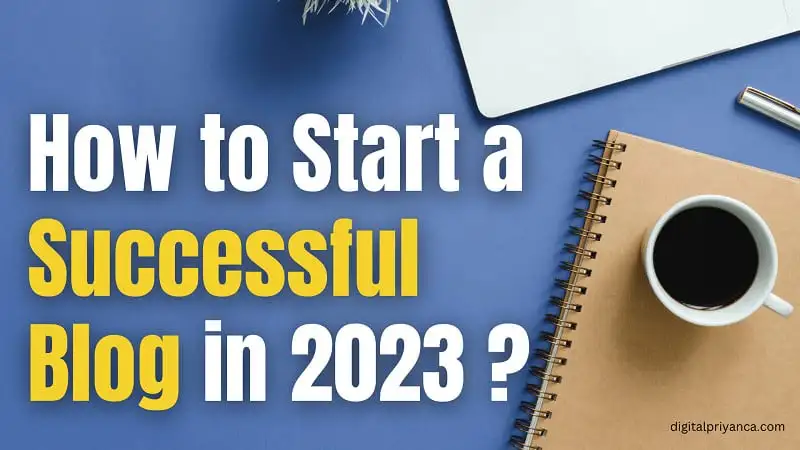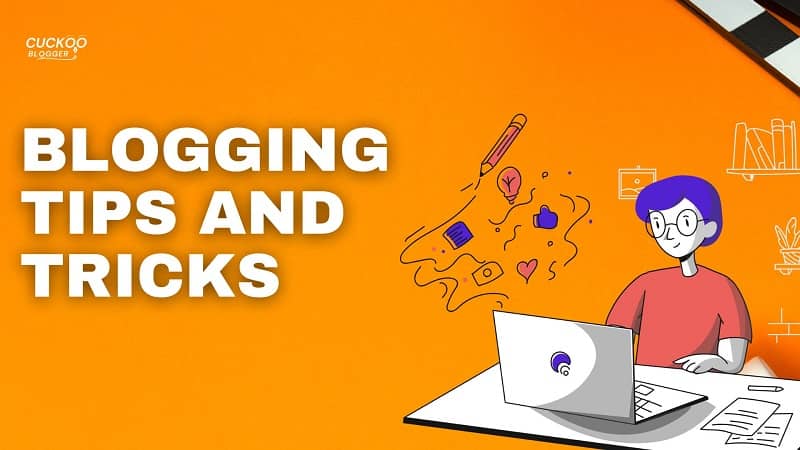Most of the marketer’s struggle to increase search traffic on their website but their struggle does not end here. They do not improve their email signups and do not get a chance to convert their website users into customers. Do you know Why?
The answer is simple!
Their website bounce rate is high.
They fail to consider user engagement and user behavior. These two factors matter the most to reduce bounce rate so, there is a need to focus on them.
Suppose your website visitors visit the website but leave the website without navigating another single web page. This is a clear sign that your website is not providing a good user experience. So, you need to redesign your marketing strategy seriously.
Your website’s success depends on the level of your efforts to optimize the bounce rate. It is difficult to maintain a good bounce rate but not impossible.
Here I have shared some strategies which helped me to reduce my website bounce rate. You must try these tricks, they will be helpful for you as well.
What is the Bounce Rate?
When a user visits your site but leaves without visiting another page of the same site, that’s called bounce rate. Basically bounce rate is the percentage of all users (e.g., visitor, readers, customers) who have entered and exit on the same page, without navigating to other pages of your site.
Let’s take an example,
When you get 40,000 visitors per day on your website. They click on your website but 20,000 of visitors leave your website without navigating any other page of the same website. Its bounce rate would be 50%. This kind of visitor’s behavior indicates a high bounce rate of the site.
There are a few facts about the Bounce rate that we need to remember. Those are:
- Lower bounce rate is better for the website.
- The terms “exit rate” and “bounce rate” are not interchangeable.
- Higher bounce rate will harm your website.
Let’s dive into the details.
What is the good bounce rate ?
The average bounce rate between 26% to 70% and the optimal range of bounce rate is 26% to 40%. The optimal bounce rate is excellent. If the site bounce rate is between 41 percent to 50 percent, then it is roughly average. 56 to 70 percent show higher bounce rate.
Check below added bounce rate graph:

To know how to calculate bounce rate, you can check this Wiki article.
Bounce rate = View/Entry
If you are using Google analytic Universal, then you can login into your website dashboard and check the particular time frame of bounce rate.
Google Analytic 4 doesn’t use bounce rate. To know more about the bounce rate and engagement rate in Google Analytics 4 you can read their guidelines.
You can boost your conversion rate by reducing the bounce rate of the site. First, you need to understand the conversion architecture, then you can create a clear content strategy to boost your business growth.
There are many reasons why a visitor exits from a website. You must understand the cause and find ways to reduce the bounce rate and improve conversion rate.
Why Is Your Bounce Rate So High?
When you are working hard to improve search performance of your website but website bounce rate increases automatically. That’s the clear sign, there is something wrong with your website.
The main reasons for the higher bounce rate includes poor navigation system, poor content, poor marketing strategy, bad user experience, bad web designing and many more others.
It is not easy to know the exact reasons for the higher bounce rate and without knowing the root cause, you can’t fix it. So, you need to check all aspects of your website.
I have already mentioned in this article, that by reducing your bounce rate, you can increase engagement and improve the chances of converting visitors into customers.
Here are a few strategies to help reduce your bounce rate:
1. Keep Eyes on Your Page Load Time
The slower loading speed of a website is a clear indication of a higher bounce rate. Site speed matters for Google as well – you will slip your ranking if your site is consistently slower to load for a longer time period.
Well, users of your website expect that the web page should open within 1 or 2 seconds. After 3 seconds, users will no longer wait to load your website. They will exit from your website and go to your competitor’s website.
A slow-loading website can be a major turn-off for visitors. Ensure your site’s pages load quickly by optimizing images and using a content delivery network (CDN).
So, Did you check your current website speed ?
If not, then check it on Google PageSpeed Insights. Go to the home page and enter your website URL on the search box, then click on the “Analyse” button.

What will be your next step?
Answer is simple! You will take steps to improve your website speed. Some tips I will give you here.
- Invest in a good speed-oriented web hosting service too. If you don’t want your competitors to steal your readers.
- Remove extra plugins and keep only essential plugins.
- Optimize your web images properly.
- Use latest version of PHP
For more website SpeedUP tips, check out:
8 Super Simple Ways To SpeedUP WordPress Website
2. Create Better User Experience
A better user experience will increase user engagement and higher user engagement reduces bounce rate!
Good User experience (UX) based on deep understanding of users. Always keep your eyes on what your users need, what they want, what they are searching and why they are moving from your site.
We all heard,
A well-designed website which is easy to use with intuitive navigation can keep visitors on your page and help them find the information they want. To Check your site user engagement report, you can go to the Google Analytics 4 dashboard. Dashboard>>Life cycle>>Engagement>>Engagement overview

Through Google analytics you can see any user interaction which is done in your site or app.
A few years ago, I noticed one of my website was well designed by a developer and optimized by my team but there was still something missing. We were not getting good user engagement on our website and the bounce rate was high.
I started observing this site closely and told my team to do some changes on the On-Page and designing part of the site. The changes which were done on our site, we found their results are good. Here are some major changes I made on the site:
- Created a Compelling Call-to-Action
- Set intuitive navigation
- Add pictures or short videos.
- Bring Your Design top-notch and up-to-date.
- Speed up the landing page.
- Make sure your website is mobile-friendly as well.
3. Keep your Blog Fresh with Quality Content
If your content is exciting and valuable to your visitors, they will like to stay on your website and interact with it. Powerful and problem solving content will not only get a wow reaction from readers but it gives actionable tips to solve their problems and valuable results for them.
Make sure your content is well-written, informative, and regularly update your site with fresh content. Yes, keep your content fresh for your readers, it will build trust.
Remember readers are clever, they will quickly notice any manipulative tactics. But they will remember all your efforts which are valuable for them. Repeated visitors are assets of your site, they will generate conversation.
To keep your blog fresh, you can hire professional content writers. Yes, it is expensive but it will help you to maintain the quality and frequency of the posts on your site.
All those sites which are displaying properly on the smartphones, tablets and other mobile devices there bounce rate is improved as compared to those sites which are not performing well on smart devices.
4. Create Internal Linking Structure
Creating internal links on the site is the best practice to decrease the bounce rate.
By pointing visitors to relevant content, internal linking is a fantastic way to keep them interested in your website. It will improve the SEO of your site by making it easier for search engines to crawl it.
When you see Wikipedia’s SEO strategies, you know that they frequently use multiple internal links in their per-page articles. Use anchor text techniques to create internal links within your blog post. It will help to boost your site ranking on search engine result pages.
Through internal links you can hold visitors’ average time on your site.
Bounce rates demonstrate how many readers enjoy your website’s blog posts and find them fascinating. When you use internal links on each post, there is a high chance that your post will rank on Google’s first page.
Read more:
Get Quality Backlinks To Your Blog
On-Page SEO Guide For Higher Ranking On Search Engine
Best Tips And Tools To Write SEO Friendly Content
5. Annoying Pop-ups Disturbs the UX
Do you know irrelevant pop-ups are one of the reasons that visitors move from your site?
Pop-ups are a great way to grab the attention of the audience but they are also annoying most of the time.
If I am reading content and pop-ups disturbed my reading, then maybe I will decide to leave the website. According to me I am not alone, most of the people don’t like any disturbance when they are reading something valuable to them.
On the other hand, pop-ups are a very effective way to promote special offers and deals. They also work well to collect data to grow your email list quickly. Yes, pop-pups can help drive traffic to a site, as they tend to grab the attention of users and encourage them to click on it.
If you want to choose this way, it’s fine. But if you want to hold visitors for a long time on your website, then keep the minimal use of pop-pups.
Well designed pop-ups can convert visitors into long term readers and convert them into customers. But if we talk about search engine traffic, then user experience matters the most.
6. Do some A/B testing
To improve site UX and bounce rate percentage you have taken all steps but still you have doubts ?
Start A/B testing!
In A/B testing you will create two different versions (let’s call them A and B) of the web page and appear them in front of similar visitors, who arrived at the same time. Now you can measure which web page is performing better to hold traffic.
The one who gives a better conversion rate, will win! If you want you can go with the winner page to do another A/B test.

You can gradually enhance the user experience and lower bounce rate by making minor changes to your web pages and comparing which version has a lower rate of visitors.
What can you test?
In the A/B testing you can test anything on the site, which affects visitor behavior like: headings, subheadings, paragraph text, call to action text, images links, social proof and many more.
In advance A/B tests, we can include other factors like: pricing structure, sales promotions, free trial lengths, free or paid delivery, navigation and more.
7. Create Compelling Content
Creating compelling content is an important part of Bounce Rate Optimization. It is an effective way to hold readers on your page and convert them into customers.
Keeping visitors engaged with the content of the site is not a hard job but it is time consuming as well. This includes writing blog posts, creating infographics, videos, pie charts and creating other types of content that will keep visitors engaged and interested in your website.
Here are a few tips for creating compelling content:
- Use headings, bullet points to break up text and make it more readable.
- Use images and videos to add visual interest.
- Use facts, statistics, which make your content more credible.
- Use storytelling to create an emotional connection with your readers.
8. Make sure your Site is Mobile Friendly
In this mobile age, when someone opens your website on their mobile device, but can’t easily navigate the pages and exit from the site it will lead to a bounce event.
To prevent high bounce rate, make sure your site is optimized for mobile because 95% of customers are found engaged on mobile.
In fact, search engines such as Google use mobile-friendliness as a ranking factor for their search results. This means if your website is not mobile friendly, then it will never rank on Google result pages. No matter how useful your content is!
Let’s take the test first!
Test your website’s mobile-friendliness: Go to Google’s Mobile-Friendly Test tool, enter your site URL and click on the “Test URL” button to see how your website performs on mobile devices.
This tool will analyze your website and provide you with a report on any issues that need to be addressed.
Tip: Mobile devices have smaller screens than desktops, so it’s important to simplify your website’s layout. This means using larger text, bigger buttons, and a simple color scheme.
9. Add Social Proof and Show Credibility
The word “Credibility” has the power to comfort the people and get their trust. Credibility – it’s not what you say about your business or yourself but it’s the people’s perceptions about your business that matters the most.
Did you know ?
- 83% of customers tell their friends and relatives to use a brand they follow on social media.
- Pre-purchase internet reviews are read by 95% of consumers.
- Before making any purchase, 82% of Americans check with their friends and relatives for advice.
- Simply said, social proof increases revenue for your company.
When you add social media coverage, testimonials on your site, it will develop trust and encourage people to take a close look, what you are offering.
Remember that if people trust you, they will stay longer on your site and there are more chances they will convert into your subscribers or customers.
When a group of people is doing something, many get influenced. Including customer reviews, testimonials, and social media shares on your site can increase trust and credibility, which can help reduce your bounce rate.
10. Brand Stories Create Trust
Storytelling has the power to transform online presence and build trust. Iconic brands like Amul, Nestle understand the power of their brand story to build connection with their audience.
Stories are the most powerful way to communicate.
If you connect with readers through your story, then you can actually generate trust in the reader. Remember, you are recognized by your story. People scan each page of your site and look for something that stands out.
Using outstanding words, information, terms, and images that look different make it more informative. Storytelling can assist you in linking those attention-grabbing pieces to the rest of your material.
Simple stories are best.
Make your brand story simple because a simple story can build more trust. The complexity of the story can slowly lowers down your audience’s trust. Storytelling makes your material more lively and expressive for users. As a consequence, they’ll start to believe you more.
11. Target High-Value Keywords for Your Blog
When it comes to keywords, you need to focus on relevant and high value keywords. Keywords can change any content marketing campaign results. If you are not targeting high value keywords then there is a high possibility you will not get good results.
To improve search performance on Google, start targeting high value keywords because they can drive high value traffic to your site.
Did you know Google generates 97% of his income from advertisements? The majority of their revenue is generated by targeting expensive keywords.
To create simple content for your blog is not sufficient to reduce bounce rate and to boost your site conversion. Here targeting the right and valuable keywords in the blog is a must. To know how to search high value keywords read Keyword Research For SEO.
Readers who are spending more time on the site are interested to read more. If you provide more valuable content to read they will start trusting you. It silently improves your bounce rate.
High value keywords matter the most. They improve your site domain authority and online reputation as well. So write content in depth and target high value keywords in your content.
12. Use the Power of Meta Description
Meta descriptions are the essential part of On-Page SEO techniques. Some companies are not optimizing their meta description and as a result they slowly lose their CTRs.
Maybe they don’t think that it is important but these meta descriptions give users a brief overview of what the page is about and also help to increase click-through rates of the site.
Write action oriented meta description, it can encourage the search user to click on a website link. For each web page you need to write a unique meta description. By using duplicate meta descriptions you will hurt your site search engine ranking.
Additionally, meta descriptions also serve as a critical component of your website’s user experience. They give users an idea of what the page is about, which can influence whether or not they click through to your website.
Conclusion
In this article I have shared several techniques to reduce bounce rate and improve conversion rate. Hope you will get clarity on the common causes of high bounce rate and how to fix them to improve user engagement and drive more conversions.
But without high quality content it is not possible to improve bounce rate. Suppose if you succeed in cutting some bounce rate, then you are always at risk to increase it again.
Now it’s your turn.
Follow above mentioned techniques to maintain a good bounce rate, increase website conversions and boost your ROI. Don’t forget to share your result with us.
I understand this is an extensive topic, and some questions are coming into your mind. In the comment section, ask your questions related to high bounce rate.
Also, If you are an SEO expert, share your way of reducing bounce rate by commenting below.
I will talk about how to increase organic traffic to your blog in the upcoming guides.



